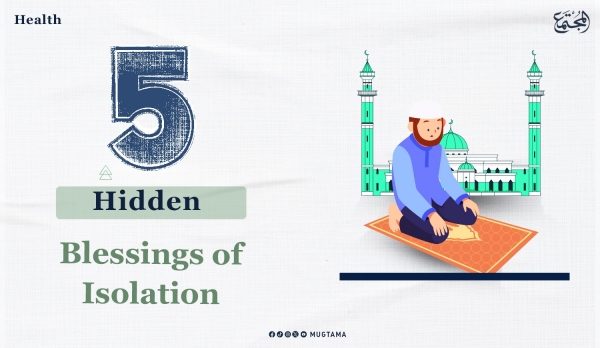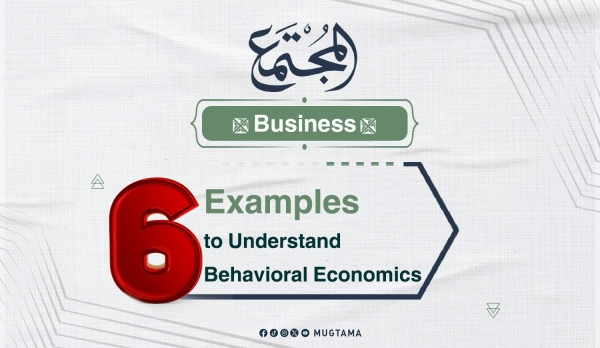May 03, 2025

More (6341)
Although the term "artificial intelligence" has become familiar to many people, and everyone is constantly repeating this term and promoting…
Read 10 times
The Rise of the Women’s Economy: Shaping Markets and Driving Change
Dr. Fedaa Mansour Algohary
May 01, 2025
Women are the backbone of conscious consumption and the engine of the global economy. Women have long been responsible for…
Read 1369 times
He is the virtuous brother and beloved preacher, Waleed Abdullah Al-Ghanim (Abu Khaled), may God have mercy on him, who…
Read 43 times
5 Benefits of Solitude of Serenity and Salvation
Hadeel
April 29, 2025
Many studies have shown that social isolation is increasingly spreading among adults in local communities, with the percentage reaching over…
Read 31 times
Salim ibn Abdullah ibn Umar: The Trusted Scholar and Jurist of Madinah
Dr. Ali Al-Sallabi
April 28, 2025
Salim ibn Abdullah ibn Umar, one of the Seven Jurists of Madinah, and among the leaders, scholars, and trustworthy individuals…
Read 32 times
6 Examples to Understand Behavioral Economics
Hadeel
April 27, 2025
Despite the multiple traditional economic theories that assume humans are rational and seek to maximize profit and utility, behavioral economics…
Read 38 times
The Importance of Waqf in Reconstruction
Dr. Heba Gamal
April 13, 2025
The waqf constitutes one of the most important Islamic financial tools that have historically contributed to supporting community development and…
Read 123 times
The Global Strike for Gaza has emerged as one of the most significant movements in modern times, uniting people from…
Read 177 times
"[This is] so that Allah may distinguish the wicked from the good..." When ʿAbd al-Raḥman ibn ʿAwf (may Allah be…
Read 67 times
Microsoft's Bloody Hands: Moroccan Engineer Exposes the Company’s Complicity in the Genocide in Gaza
Saif Bakir
April 08, 2025
In a moment that embodied personal courage and a living conscience within one of the world’s largest tech companies, Moroccan…
Read 99 times
More...
Introduction No one could have imagined that the elderly Sheikh, who was assassinated by Israeli occupation aircraft nearly 21 years…
Read 152 times
The series “Muawiya” and More
Abdelkader Wahid
April 05, 2025
The artistic work, the series Muawiya, about the life of the noble companion Muawiya ibn Abi Sufyan, has sparked much…
Read 115 times
Death is a source of fear and anxiety for many people, and the fear of death is closely related to…
Read 92 times
AI Role in the Rise of Digital Religiosity
Hadeel
March 25, 2025
Artificial intelligence is one of the most important and latest weapons used by most countries around the world. Some have…
Read 117 times


















